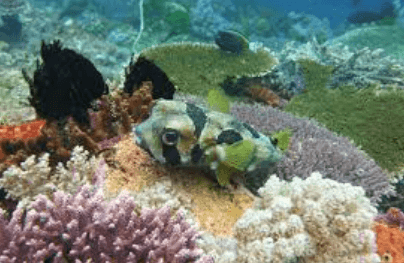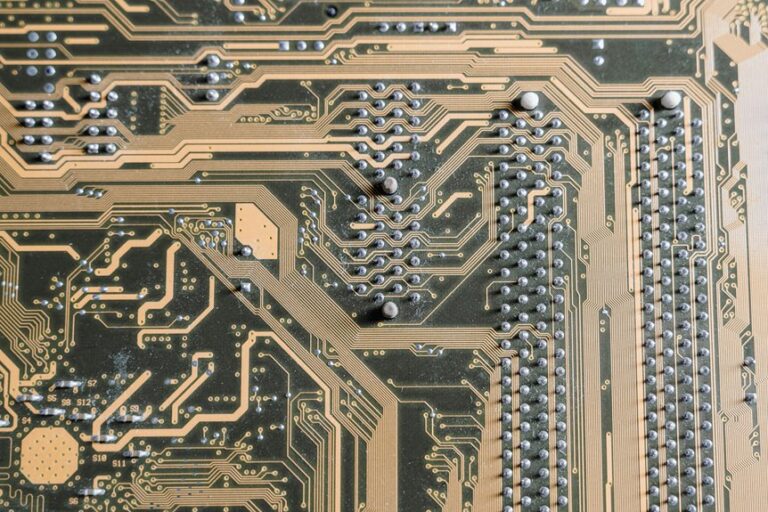The advent of AI Coral Restoration, exemplified by initiatives like 3dcalma, signals a transformative shift in marine conservation practices. By integrating advanced computational techniques with 3D printing technology, this approach not only replicates natural coral structures but also promotes biodiversity in increasingly threatened ecosystems. As we explore the implications of this innovative methodology, it becomes crucial to consider how AI-driven strategies can influence the future resilience of coral reefs. What challenges and opportunities lie ahead in this complex interplay of technology and nature?
Overview of Ai Coral Restoration
The restoration of coral reefs is a critical environmental challenge, and artificial intelligence (AI) is emerging as a transformative tool in this field.
By analyzing vast datasets, AI can predict coral bleaching events and assess ecosystem resilience, enabling targeted interventions.
This technological integration offers a promising pathway to enhance coral recovery efforts, ultimately contributing to the sustainability of marine biodiversity and the health of oceanic ecosystems.
See also: Ai Copyrightcatcher Gpt4 Mixtral Llama Claudefieldcnbc
Technology Behind 3dcalma
Leveraging advanced computational methods, 3dcalma employs a sophisticated algorithmic framework designed to optimize coral restoration efforts.
This innovative technology utilizes 3D printing to create custom coral structures that enhance marine ecosystems.
Impact on Marine Ecosystems
Coral restoration efforts utilizing 3D printing technology, such as those implemented by 3dcalma, significantly impact marine ecosystems by enhancing biodiversity and promoting ecosystem resilience.
By creating artificial substrates that mimic natural coral structures, these initiatives foster the growth of diverse marine species.
This innovation not only aids in the recovery of degraded reefs but also strengthens the overall health and stability of marine biodiversity.
Conclusion
The innovative approach of AI coral restoration through initiatives like 3dcalma exemplifies a significant advancement in environmental conservation. By employing advanced computational methods and 3D printing technology, customized substrates can effectively mimic natural coral structures, fostering biodiversity. This raises the question: Can technology truly replicate nature’s intricate designs to restore ecosystems? The successful implementation of such techniques not only aids in the recovery of degraded reefs but also enhances the resilience of marine habitats for future generations







